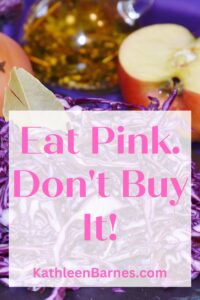 As you know, I’m not in favor of the “pink” campaign to combat breast cancer. I think the over-commercialization and inclusion if cancer-causing products take away any altruistic motives behind it.
As you know, I’m not in favor of the “pink” campaign to combat breast cancer. I think the over-commercialization and inclusion if cancer-causing products take away any altruistic motives behind it.
But you can eliminate the middleman by eating pink (and green) foods that are proven to prevent and even treat breast cancer.
Here’s an easy list of five: (I realize I am stretching the pink theme a bit here):
Red cabbage: Cabbage is a member of the cruciferous vegetable family that includes broccoli, cauliflower, bok choy and several other healthy powerhouse vegetables. In fact, cruciferous vegetables give you the biggest bang for your nutritional buck. All cruciferous vegetables are excellent sources of indole-3carbinol (I3C), which has been shown to inhibit the growth of malignant breast tumors. The National Institute of Health is now conducting a large clinical trial as a follow up to preliminary studies that show I3C is effective in preventing breast cancer and several other types of cancers.
Pomegranate: There is compelling laboratory evidence that pomegranate juice kills cancer cells. New research form the University of California in Riverside shows that just one percent juice stops cell growth in metastatic breast cancer lab experiments and five percent juice stopped cell growth and killed significant numbers of cancerous cells. The stronger solution also stopped cancer cells from spreading to other parts of the body in three distinct ways.
Beets: Nutrient-rich beets have a wealth of cancer fighting components, including betacyanins, carotenoids, polyphenols and melatonin. Melatonin has been shown to be particularly effective in lowering the risk of breast cancer. Beet extract has been used to treat several types of cancer and the pigment that gives is the magenta color, betanin, has been shown to kill breast cancer cells in lab tests. Betalain and betaine, other nutrients found in beets, have been shown to starve tumors and hinder cell division. The Long Island Breast Cancer Study Project (1,508 patients with breast cancer) found that those with high intake of betaine reduced their risk of death by 56 percent.
Shrimp: Seafood in general is a great source of omega-3 fatty acids, known to combat several types of cancer, but shrimp is a particularly good source of choline, a nutrient closely related to betaine with strong anti-cancer properties. Three ounce s of shrimp gives you 1/3 of the optimal amount of choline. It’s also found in spinach, kale and broccoli.
Apples: Red and pink skins on apples show that they are rich sources of cancer-fighting anthocyanins and quercetin, a flavonol that has been shown to inhibit cancer cell growth. Red grapes, garlic and onions have similar nutrients, so they’re good cancer-fighting additions to your diet as well.
Research on some of these “pink” foods may be a little preliminary, but the results have been impressive enough for me to tell you that there is absolutely no harm in eating them and there may be enormous benefits in terms of your overall health as well as breast cancer prevention and treatment.

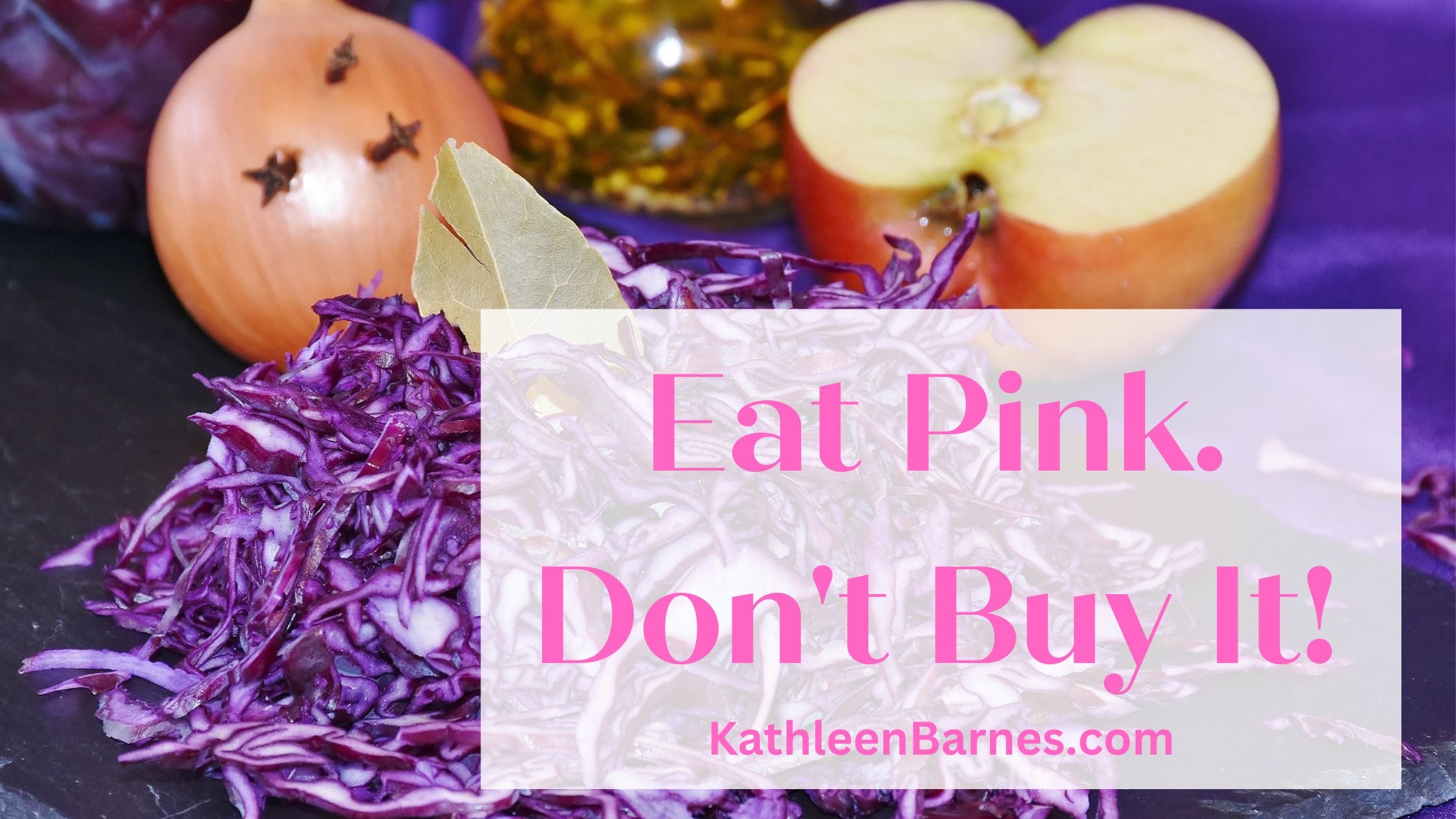
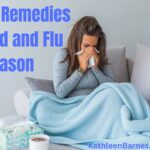
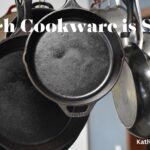


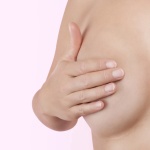
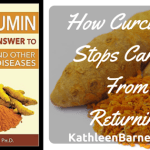
WOW THANK YOU FOR ALL THIS INFO. LOVE GETTING YOUR E-MAILS . WE NEED ALL THIS INFO TO HELP EACH OTHER…